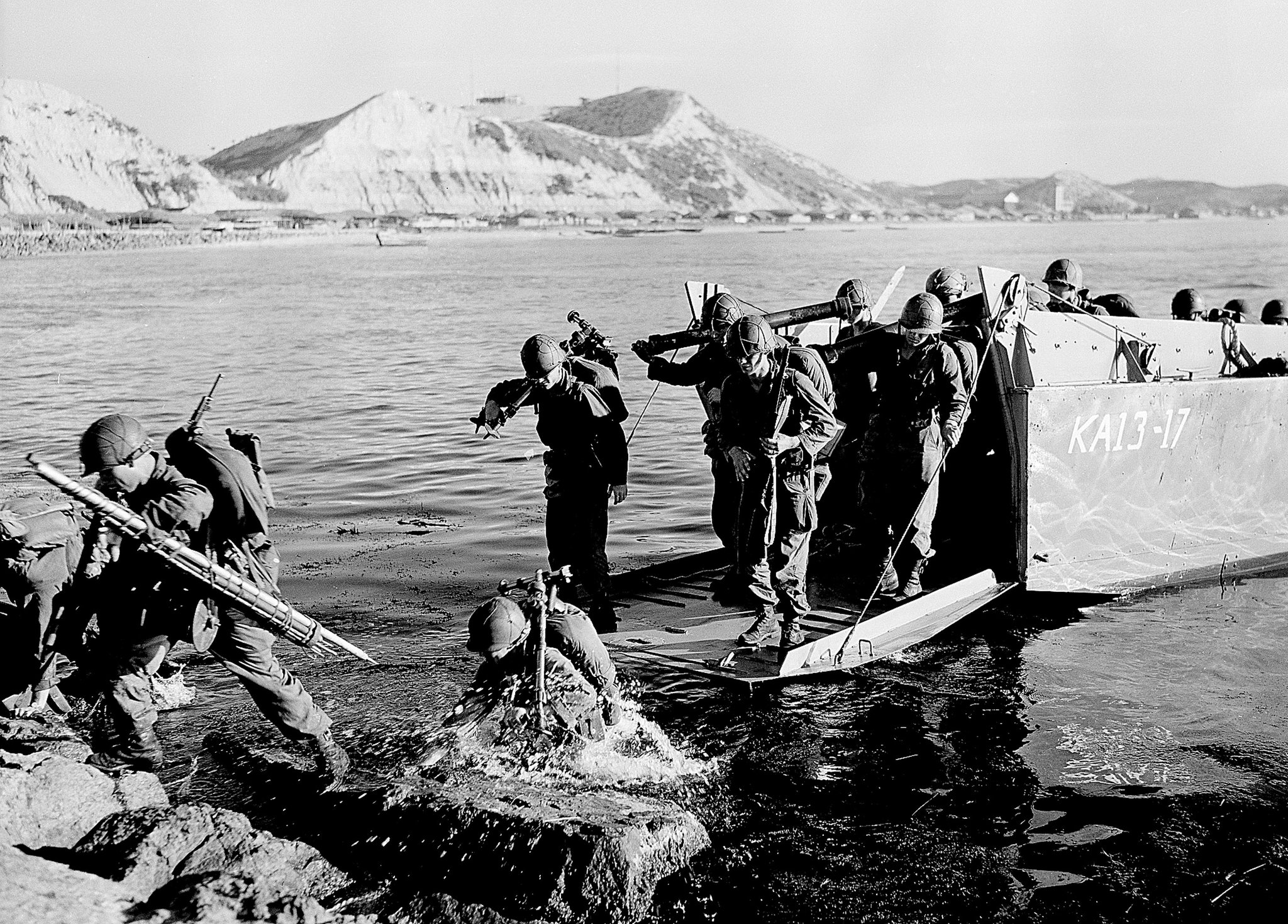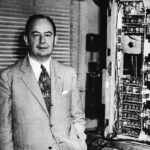The codes of the Cold War are still valid today. When the relationship between the US and USSR superpowers—both of which rose from the ruins of the Second World War—broke down, there was an increase in nuclear weapons storage activities, as well as an increase in suspicion and secrecy. Mutual trust turned into almost noticeable aggression.
While secret service activities on all fronts cost a lot of lives, the spying stories of writers such as Graham Greene, Ian Fleming, Richard Condon, and John Le Carre started to attract greater attention. This period was the era of countless real and imaginary acronyms: CIA, FBI, MI6, 007, SMERSH, and SPECTRE. But the real code that terrified everyone was MAD. The explication was “mutually assured destruction”: No matter which party pressed the red button, it was going to light the fuse of a global nuclear attack.
Security Codes of the Cold War
The codes used at various levels between the US presidents and their allies and enemies, from daily espionage activities to military security and high-level communications, were the most confidential. Most of them are still in use today, or an improved version of the codes was available at that time.
However, as digital technology and computers advanced, contracted commercial companies such as IBM took their place in the field. These companies provided industrial solutions. For example, the B-52s produced by Boeing could be controlled with computers manufactured by IBM with commercially sourced codes. If this sounds like a nightmare scenario, it is true.

Counter-Intelligence Program, Venona Project
In the early stages of the Second World War, the Western Allies began to monitor Soviet communications. The Soviets had a single-use encryption key system that was almost impossible to decipher. However, Soviet communication was finally captured and the information was distributed to a limited number of US code breakers. The messages were deciphered in 1946 because Russians sometimes reused their disposable keys.
With this successful deciphering, a great deal of intelligence and valuable information about the Soviet army and intelligence system were obtained. This included Western Soviet collaborators. Due to it being a very sensitive topic, only partial information was given to the CIA and the White House by the FBI.
As a result of the intelligence study, the names of 349 Americans were determined. It turned out that the Soviets had infiltrated the Manhattan Project; based on this, Julius and Ethel Rosenberg were arrested. The Cambridge spies Donald Maclean and Guy Burgess were unmasked as they were about to escape. They contributed to the Alger Hiss and Harry Dexter White cases. The Venona Project was terminated in 1980.

High-level telephone calls must be kept safe. Although digital telephone signal encryption is a readily available technology today, the first example of this system was based on SIGSALY, developed by Bell Telephone Laboratories and used during the Second World War. According to this speech encipherment system, the voicemail first went through a vocoder (audio encoder).
By synthesizing the sound and tone, the device was digitizing the voice. The resulting file was divided into 12 bands, encrypted on a 0–5 scale according to the tone, and sent over six bandwidth zones in random order. General Douglas MacArthur made use of the SIGSALY system for much of the Pacific operation, and more than 3,000 of his phone calls were successfully hidden.
The aide-de-camp is always near the president and does not leave the “nuclear football.”
Nuclear Football
This is one of the most interesting topics about the codes of the Cold War. The metallic black briefcase that was attached to the US President’s aide-de-camp by a cable and carried in a black bag was able to determine the fate of the world. This bag is also known as a “nuclear football.” The briefcase has a portable part of the US strategic defense system, a SATCOM radio system, several attack scenarios (called “playbooks”), and temporary plans for a national nuclear emergency.
Nuclear Football always accompanies the US president, but the Gold Code—the key for the nuclear attack that changes every day—is not included in the briefcase. The president always carries over the code. In the event of an emergency or assault, the aide-de-camp and the president open the briefcase to review the plans and, if necessary, may request a nuclear response by radio using the Gold Code. The Russian President has a similar briefcase.
Body Language Codes of the Agents
Surveillance of possible spies turned into an almost obsessive activity during the Cold War. While methods such as wiretapping and stealth photography provided a lot of evidence against suspects, tracking the suspect’s activity directly often provided useful results too. A code system based on body signs was developed for agents who secretly followed a suspect on city streets. The system was first used by the police and the FBI, and then it was modified and adopted by the CIA:
- Attention! The suspect is approaching: The nose is touched by a hand or handkerchief.
- The suspect is on the move, advancing or leading: The hair is straightened by hand, or the hat is raised slightly.
- The suspect stands where s/he is: One hand is put in the back or on the stomach.
- The disguise is under threat; the surveillance agent wants to end surveillance: He bends over to tie the shoes.
- The suspect is coming back. The surveillance agent wants to talk to the team leader or other surveillance agents: The bag is opened and looked inside.







